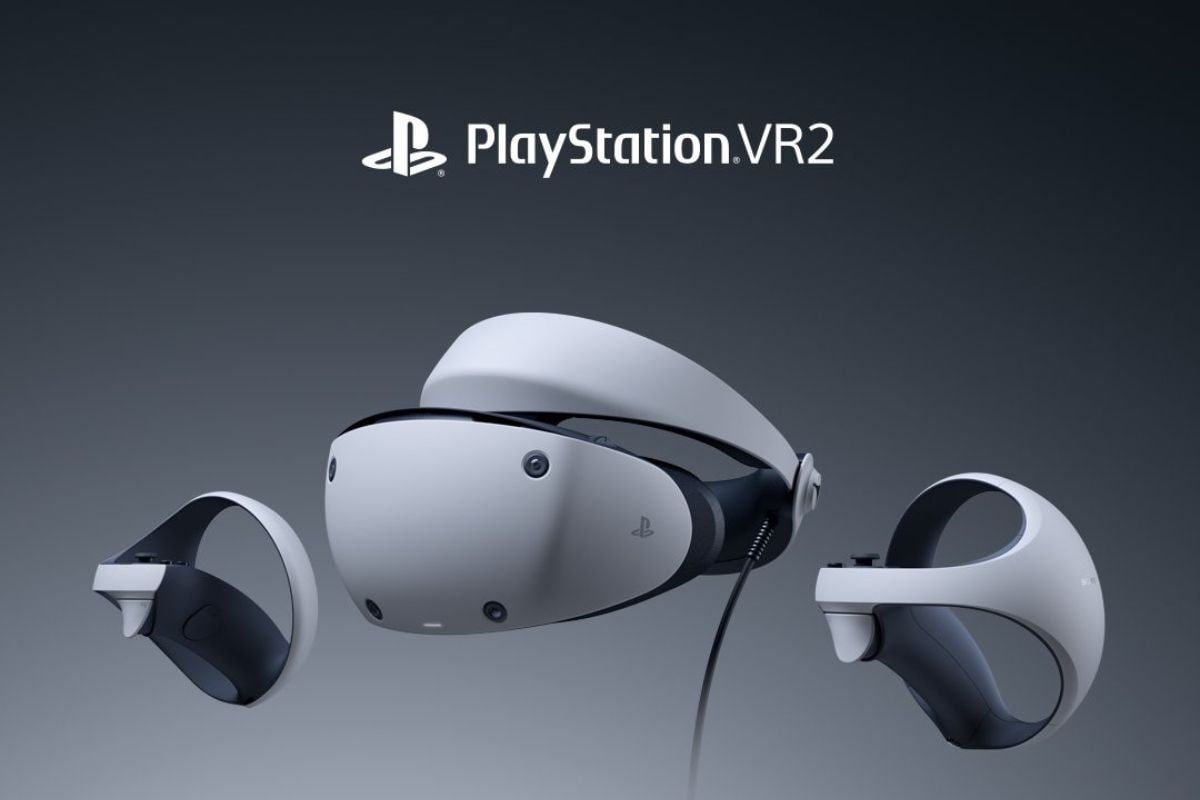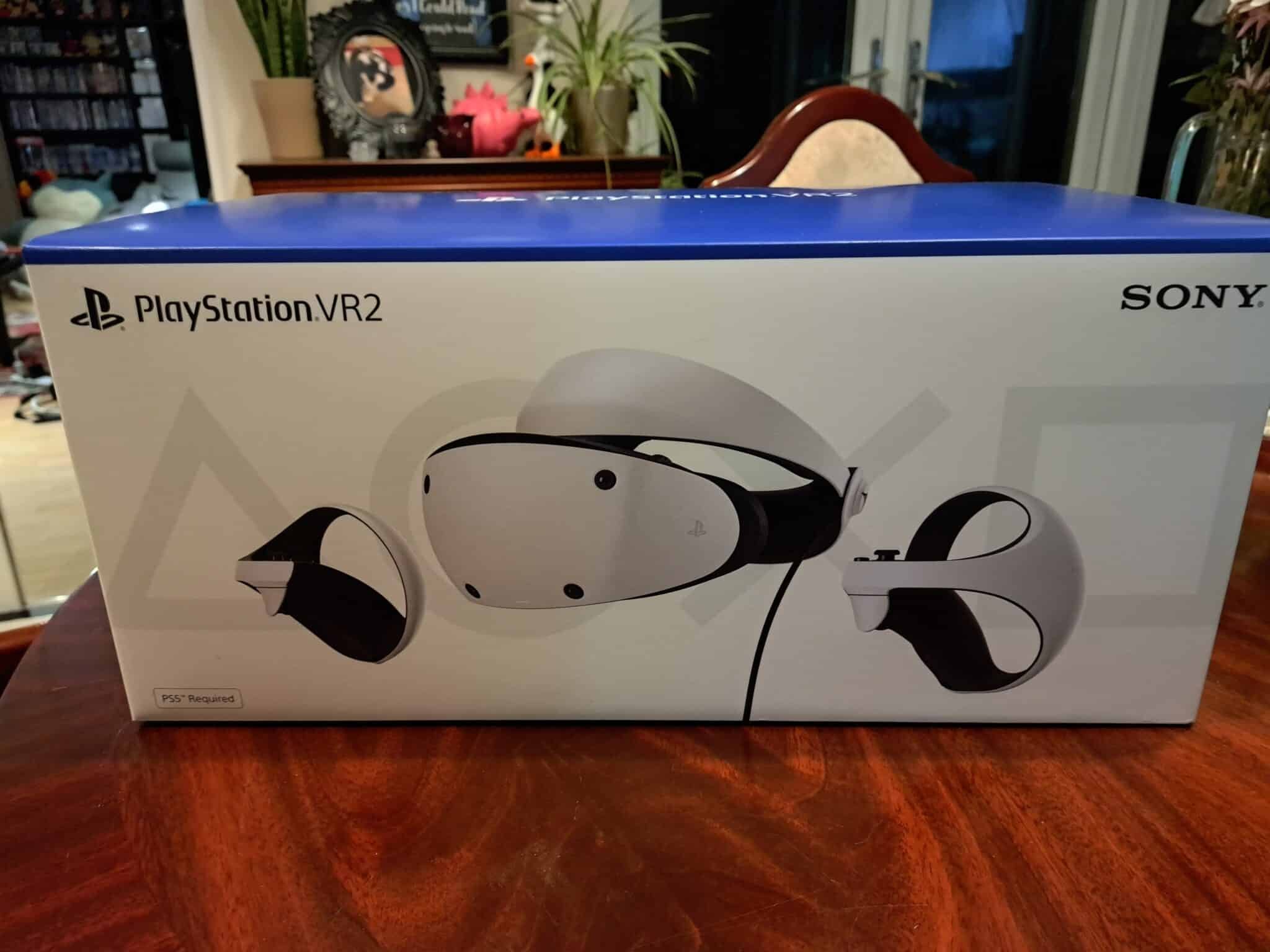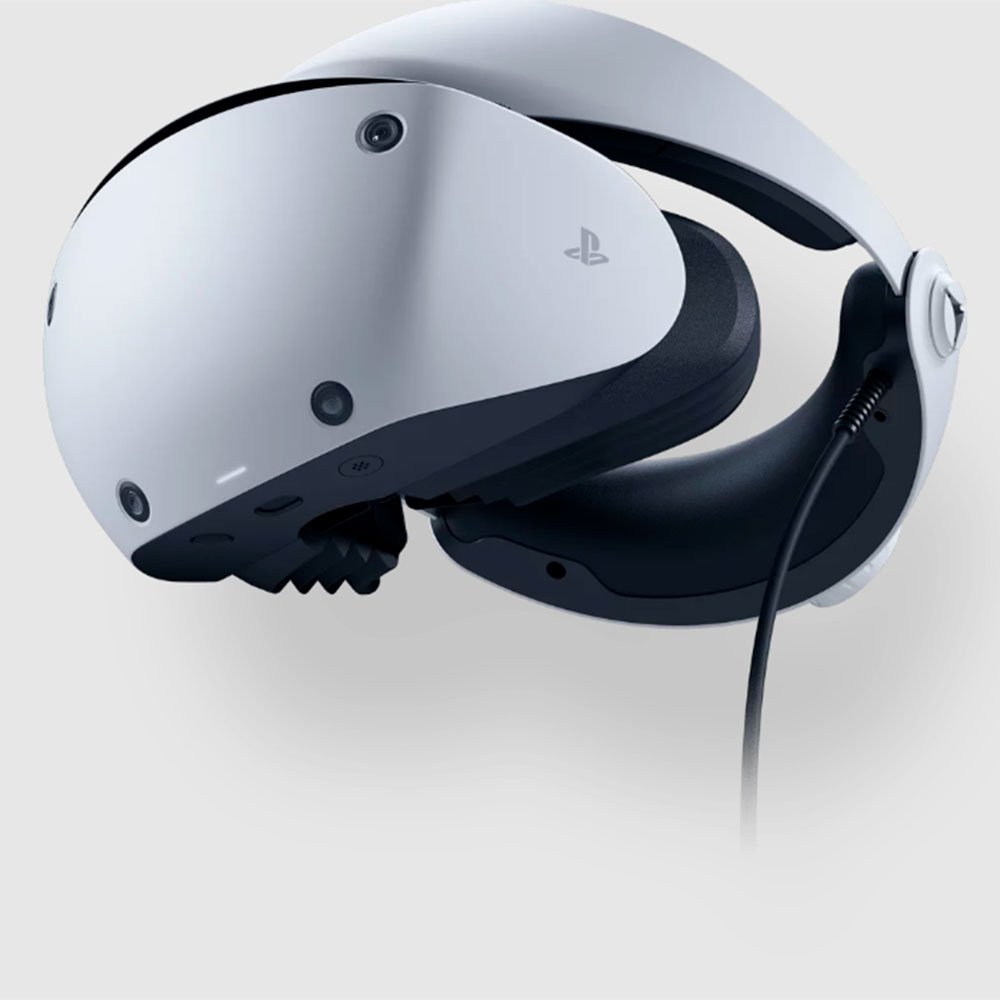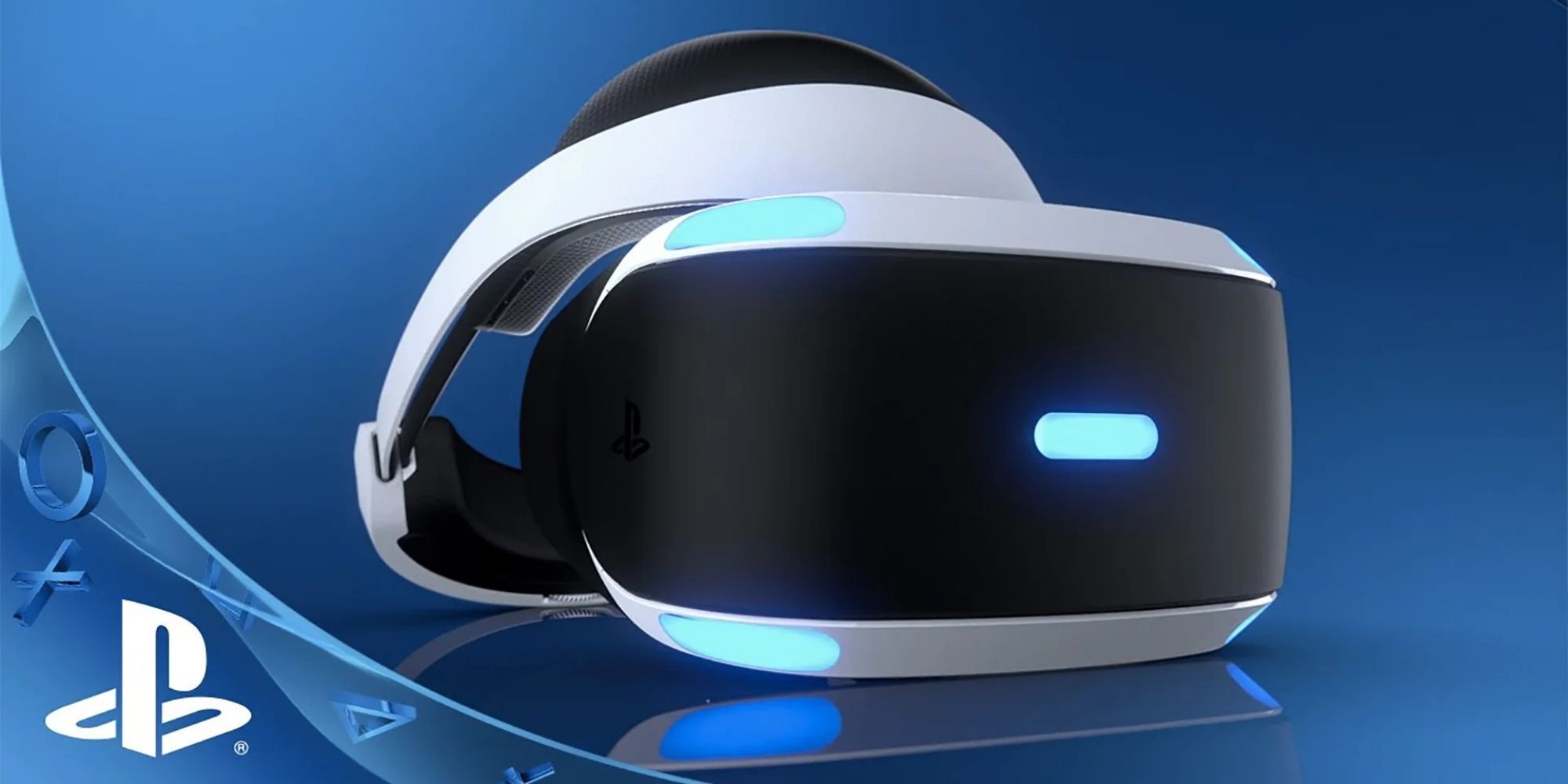The Second Coming of Console VR: A PlayStation VR2 Deep Dive

For years, high-fidelity virtual reality has been chained to the complexities of PC gaming. Tethered by multiple cables, complicated by sensor setups, and gated by expensive graphics cards, it remained a niche within a niche. Sony’s original PlayStation VR offered a glimpse of a more accessible future, but it was a system of compromises. Now, with the PlayStation VR2, Sony isn’t just iterating; it’s making a bold declaration. This is a ground-up redesign that leverages the formidable power of the PlayStation 5 to deliver a premium VR experience that aims to rival, and in some ways surpass, its PC counterparts. It’s a beautifully engineered, feature-rich headset that finally brings next-generation immersion to the console world. But is its technical prowess enough to justify the steep price of admission?
Design: A Masterclass in Ergonomics

Unboxing the PSVR2 reveals a device that is both futuristic and familiar. It retains the brilliant “halo” strap design of its predecessor, which remains one of the most comfortable and balanced ways to wear a VR headset. Weight is distributed evenly across your forehead rather than pressing onto your face, making longer play sessions remarkably comfortable. A simple dial at the back tightens the strap, and a button on the visor allows you to slide it closer or further from your face—a godsend for glasses-wearers.

The single most transformative design choice, however, is the single, lightweight 4.5-meter USB-C cable that connects directly to the front of the PS5. The convoluted breakout box and nest of wires from the original are gone, replaced by a plug-and-play simplicity that cannot be overstated. While a wireless future is still the dream, this is the next best thing. The headset itself feels sturdy yet light, finished in the same white-and-black aesthetic as the PS5. The only minor gripe is the silicone light shield around the eyes; while effective, it can still allow some light leakage around the nose depending on your face shape.
Display and Performance: A Feast for the Eyes
The true magic of the PSVR2 begins when you put it on. The dual OLED panels deliver a stunning 2000 x 2040 resolution per eye, resulting in a crisp, vibrant 4K HDR image. The difference is night and day compared to older headsets. Colors pop with incredible intensity, and the deep, true blacks that only OLED can produce create a profound sense of depth and contrast, especially in dark environments like the caves of Horizon Call of the Mountain or the vastness of space in No Man’s Sky. The 110-degree field of view feels expansive, successfully minimizing the “looking through binoculars” effect that plagues many other devices.

What elevates this display from great to truly next-gen is the inclusion of eye-tracking. This technology powers foveated rendering, a clever technique where the PS5 only renders the very center of your gaze in full resolution, saving precious processing power by slightly lowering the detail in your periphery. In practice, it’s completely seamless and allows developers to push graphical fidelity to astounding levels without sacrificing a smooth 90Hz/120Hz refresh rate. It feels like a genuine leap forward, enabling visuals that punch well above their weight class.
The Sense Controllers and Haptic Immersion
Sony has wisely abandoned the ancient Move controllers for the new Sense controllers, which are a triumph of ergonomic design and immersive technology. They feel like a natural evolution of the PS5’s own DualSense, featuring the same incredible adaptive triggers and nuanced haptic feedback. You’ll feel the tension of a bowstring, the subtle click of a trigger, or the pitter-patter of rain not just in your hands, but in the headset itself, which contains its own haptic motor. This multi-sensory feedback loop creates a level of physical connection to the virtual world that is intensely compelling.
Tracking is handled by four cameras embedded in the headset itself (inside-out tracking), which works flawlessly. Setup is a breeze: the headset scans your room, you trace your play area, and you’re done. The only notable downside to the Sense controllers is their battery life, which tends to last around 4-5 hours—requiring more frequent charging than we’d like.
Value and Verdict: A Premium Experience for a Premium Price
The PlayStation VR2 is an exceptional piece of hardware. It delivers a high-end, comfortable, and deeply immersive VR experience with the streamlined simplicity of a console ecosystem. For existing PlayStation 5 owners who have been waiting for a truly next-generation virtual reality experience without the fuss of a gaming PC, this is unequivocally it. The combination of the 4K HDR OLED display, transformative eye-tracking, and brilliant haptic integration creates a package that feels polished and powerful.
However, its value proposition is complex. The headset carries a hefty price tag, and its game library, while boasting some stellar launch titles, is still in its infancy. Crucially, there is no backward compatibility with original PSVR games, which is a significant disappointment for returning fans. The PSVR2 is therefore an investment not just in the hardware, but in Sony’s vision for the future of VR. It’s built for the dedicated enthusiast who prioritizes graphical fidelity and seamless integration above all else. For them, the price will be a barrier worth surmounting to experience one of the most impressive consumer VR systems on the market today.
Where to Buy:
PlayStation VR2 Quick Summary
Key Scores:
- Value: 85%
- Design: 95%
- Performance: 94%
- Quality: 93%
- Popularity: 92%
Top Pros
- ✅ The 4K HDR OLED display provides stunning visual fidelity.
- ✅ Eye-tracking technology significantly enhances graphical performance and immersion.
- ✅ Haptic feedback in the headset and controllers is deeply immersive.
- …
Key Cons
- ❌ The high price tag requires a significant financial commitment.
- ❌ Lack of backward compatibility fragments the PlayStation VR library.
- ❌ The wired connection, while simple, inherently limits user movement.
- …

















